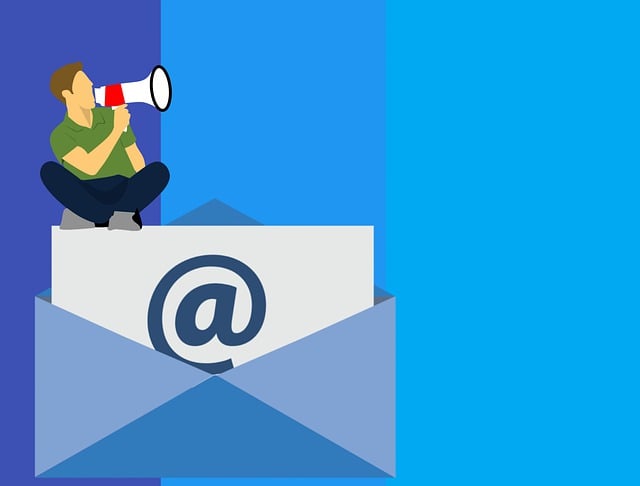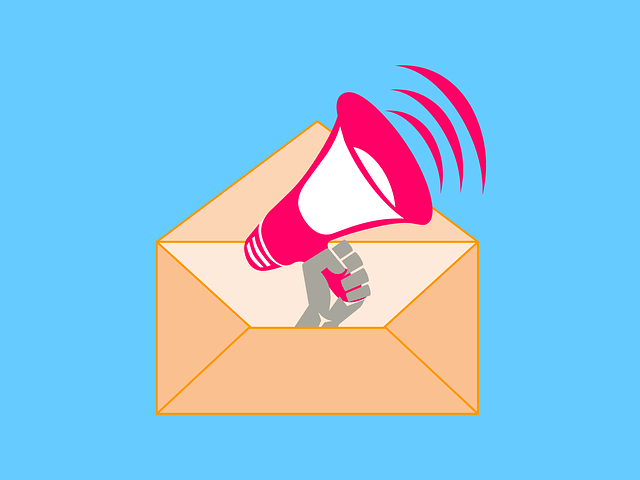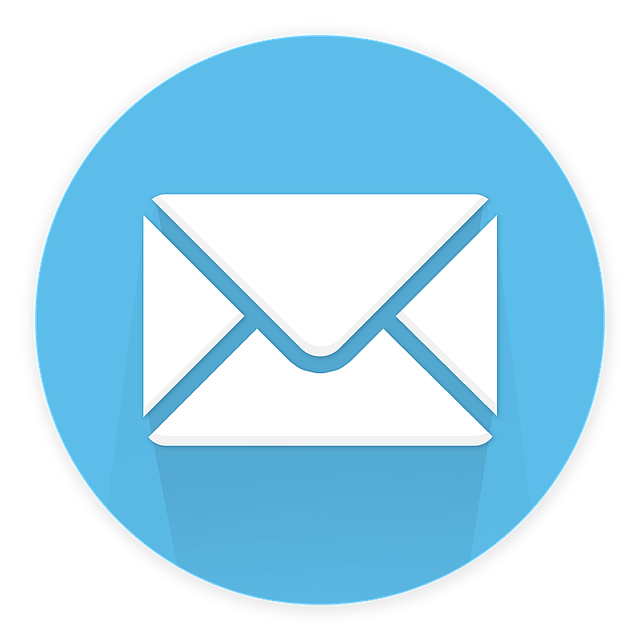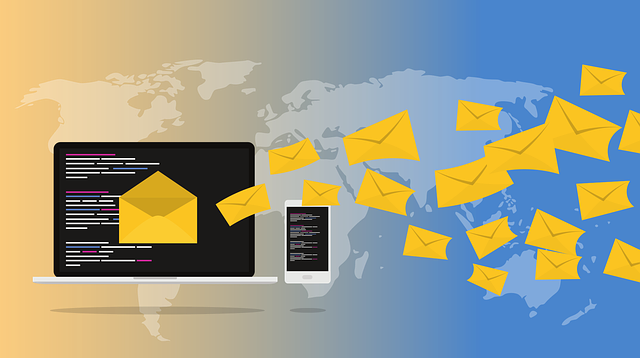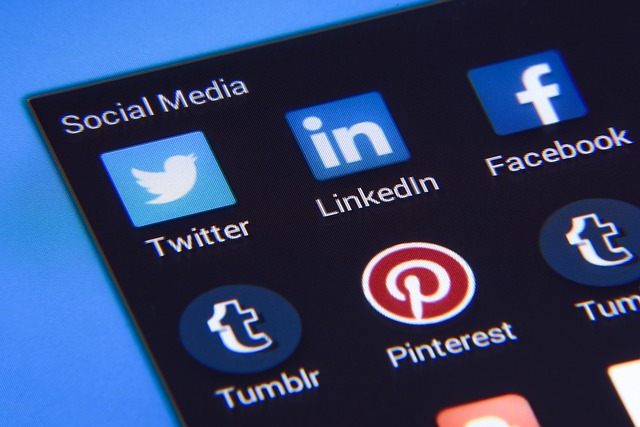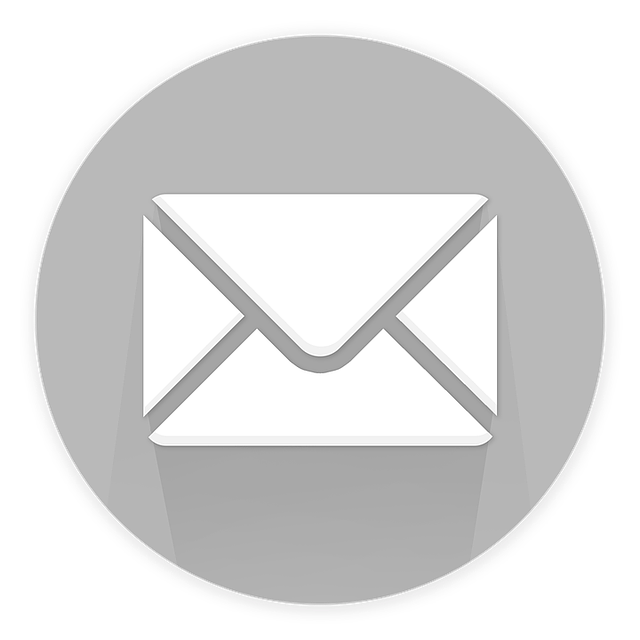Are you tired of sending out countless B2B marketing emails only to see little to no response? It’s ironic how we often overlook the simplest mistakes that could be hindering our email campaigns. But fear not, because in this article, we will delve into the 5 most common B2B email marketing mistakes and show you how to avoid them.
Firstly, inconsistent or irrelevant messaging can be a major setback. Your emails need to be tailored to your audience, providing them with valuable and relevant content.
Secondly, neglecting personalization and targeting can lead to disengagement. By addressing your recipients by name and segmenting your email lists, you can create a more personalized experience.
Thirdly, mobile optimization is crucial in today’s digital age. With the majority of people accessing emails on their mobile devices, it’s essential to ensure your emails are mobile-friendly.
Fourthly, ignoring email analytics and metrics means you’re missing out on valuable insights. By analyzing open rates, click-through rates, and conversions, you can make data-driven decisions to improve your campaigns.
Lastly, failing to test and optimize your campaigns can result in missed opportunities. A/B testing different elements of your emails can help you identify what resonates best with your audience.
So, let’s dive in and uncover these mistakes so you can take your B2B email marketing to the next level.
Key Takeaways
- Inconsistent or irrelevant messaging
- Neglecting personalization and targeting
- Ignoring email analytics and metrics
- Failing to test and optimize campaigns
Inconsistent or Irrelevant Messaging
Don’t let your B2B email marketing fall flat by using inconsistent or irrelevant messaging – it’s like serving a bowl of popcorn at a fancy dinner party!
To effectively reach your target audience, segmentation strategies are crucial. By dividing your email list into specific groups based on demographics, interests, or behavior, you can tailor your messaging to resonate with each segment.
Additionally, A/B testing effectiveness can help you identify which elements of your emails are most engaging and optimize your campaigns accordingly. Neglecting personalization and targeting can result in low open rates and high unsubscribe rates.
So, make sure to craft emails that speak directly to the needs and interests of your audience. Segmentation and testing will ensure your messages are relevant and engaging, ultimately leading to higher conversions.
Now, let’s dive into the next section about neglecting personalization and targeting.
Neglecting Personalization and Targeting
Ensure that you personalize and target your B2B email campaigns effectively to maximize engagement and conversions. The importance of segmentation for B2B email marketing cannot be overstated.
By dividing your audience into distinct groups based on their characteristics, preferences, or behaviors, you can tailor your content to their specific needs and interests. This personalized approach makes your emails more relevant and compelling, increasing the chances of capturing your recipients’ attention and driving them to take the desired action.
Research shows that personalized content in B2B email campaigns leads to higher open rates, click-through rates, and conversions. So, take the time to gather data about your target audience and use it to create personalized and targeted emails that resonate with them.
By doing so, you’ll set the stage for the next crucial step: optimizing your emails for mobile devices.
Overlooking Mobile Optimization
Maximize engagement and conversions by optimizing your B2B email campaigns for mobile devices, ensuring that your content is visually appealing and easily accessible on smartphones and tablets. Mobile responsiveness is crucial in today’s digital landscape, as more and more people use their mobile devices to access emails. By making your emails mobile-friendly, you provide a seamless user experience that captures attention and encourages interaction.
To achieve this, consider the following:
- Use a responsive email template that automatically adjusts to different screen sizes.
- Keep your subject lines short and concise to grab attention on smaller screens.
- Use large, legible fonts and clear call-to-action buttons for easy navigation.
By overlooking mobile optimization, you risk alienating a significant portion of your audience and missing out on potential conversions. Don’t let that happen.
Now, let’s dive into the importance of email analytics and metrics.
Ignoring Email Analytics and Metrics
Are you overlooking the valuable insights and data that email analytics and metrics can provide? Email segmentation and A/B testing are crucial strategies for optimizing your B2B email marketing campaigns. By utilizing email analytics, you can gain a deeper understanding of your audience’s preferences, behaviors, and engagement levels. This data allows you to segment your email list and tailor your messages accordingly, resulting in higher open and click-through rates. A/B testing helps you determine which elements of your emails are most effective, such as subject lines, call-to-action buttons, or email designs. Incorporating a 2 column and 5 row table in your email analytics report can visually showcase the performance of different email variations. Don’t miss out on the opportunity to improve your email marketing efforts by neglecting email analytics and metrics. Transitioning into the next section, let’s discuss the importance of testing and optimizing your campaigns.
Failing to Test and Optimize Campaigns
Don’t overlook the importance of testing and optimizing your campaigns if you want to see better results and higher ROI. A/B testing effectiveness is crucial in determining what works and what doesn’t in your email marketing strategy.
By testing different elements such as subject lines, call-to-action buttons, and email layouts, you can identify the most effective approaches to engage your audience. Optimizing subject lines is particularly important as it’s the first thing your subscribers see and can significantly impact open rates.
Through testing, you can find the right combination of words and phrases that resonate with your audience and entice them to open your emails. So, don’t miss out on this opportunity to improve your campaigns and increase your chances of success.
Now, let’s delve into the next section about spamming or overwhelming subscribers.
Spamming or Overwhelming Subscribers
Spamming or overwhelming subscribers with excessive emails can lead to negative consequences, such as a staggering 71% increase in unsubscribe rates. To avoid this, it’s crucial to adopt effective segmentation strategies. By segmenting your email list based on factors like demographics, past purchases, or engagement levels, you can tailor your messages to be more relevant and valuable to each subscriber.
This targeted approach not only prevents overwhelming your audience but also increases the chances of engagement and conversion.
Building subscriber trust is another key aspect to consider. Be transparent about how often you’ll be sending emails and what type of content they can expect. Provide an easy way for subscribers to manage their email preferences or unsubscribe if they choose to. By respecting their preferences and giving them control, you can foster a positive relationship with your subscribers and minimize the risk of them feeling spammed or overwhelmed.
Frequently Asked Questions
How can I ensure that my B2B email marketing messages are consistent and relevant to my target audience?
To ensure consistency and relevancy in your B2B email marketing messages, there are a few key steps to follow.
First, focus on your target audience. Tailor your content specifically to their needs and pain points. This will help ensure that your messages are relevant and resonate with your audience.
Next, personalize your messages with relevant information. Use data and insights about your audience to make your emails feel more personalized and tailored to their specific interests and preferences.
Additionally, use language that resonates with your audience. This means using the right tone and style of writing that your audience will connect with. Avoid using overly formal or technical language if it doesn’t align with your audience’s preferences.
It’s also important to regularly review and update your email campaigns. This includes ensuring consistency in branding, tone, and messaging. By doing so, you’ll maintain a strong connection with your audience and increase the likelihood of engagement and conversions.
By following these steps, you can ensure that your B2B email marketing messages are consistent and relevant to your target audience.
Why is personalization and targeting important in B2B email marketing campaigns?
In B2B email marketing campaigns, personalization and targeting are crucial for success. By tailoring your messages to individual recipients, you create a sense of connection and relevance. This personal touch helps to capture their attention and make them more likely to engage with your content.
Additionally, targeted campaigns allow you to focus your efforts on the specific needs and interests of your target audience, increasing the chances of conversion and driving higher ROI.
So, don’t underestimate the power of personalization and targeting in B2B email marketing!
How can I optimize my B2B email marketing campaigns for mobile devices?
To optimize your B2B email marketing campaigns for mobile devices, it’s crucial to focus on mobile optimization and responsive design.
With more people accessing emails on their smartphones and tablets, you need to ensure that your emails are easily readable and navigable on smaller screens.
Implementing responsive design ensures that your emails automatically adjust to fit different screen sizes, improving the user experience.
By prioritizing mobile optimization, you’ll increase the chances of engaging your target audience and driving conversions.
What are some key email analytics and metrics that I should pay attention to in B2B email marketing?
To optimize your B2B email marketing campaigns, pay close attention to email engagement and email deliverability. These key email analytics and metrics can provide valuable insights into the effectiveness of your campaigns.
Email engagement measures how recipients interact with your emails, including opens, clicks, and conversions.
Email deliverability, on the other hand, gauges your emails’ ability to reach the intended recipients’ inboxes.
By monitoring and improving these metrics, you can enhance your overall email marketing performance and drive better results.
What are some best practices for testing and optimizing B2B email marketing campaigns?
To optimize your B2B email marketing campaigns, it is important to utilize A/B testing strategies and email segmentation strategies. A/B testing allows you to compare different elements of your emails, such as subject lines or call-to-action buttons, to determine what resonates best with your audience.
Email segmentation involves dividing your contact list into smaller groups based on specific criteria. This allows you to send targeted, personalized messages, which can greatly improve engagement and conversion rates.
By implementing these strategies, you can maximize the success of your B2B email marketing campaigns.
Conclusion
In your quest to master B2B email marketing, remember that avoiding common mistakes is the key to success. Just like a skilled orchestra conductor, you must ensure your messaging is consistent, personalized, and relevant, resonating with your audience like a harmonious melody.
Don’t forget to optimize for mobile, as if your email were a graceful dancer, captivating the attention of on-the-go professionals.
Analyze your email metrics, like a wise alchemist seeking hidden treasures.
And always test and optimize, like a skilled chef perfecting a recipe.
Avoid these pitfalls, and watch your email campaigns flourish like a beautiful garden.

